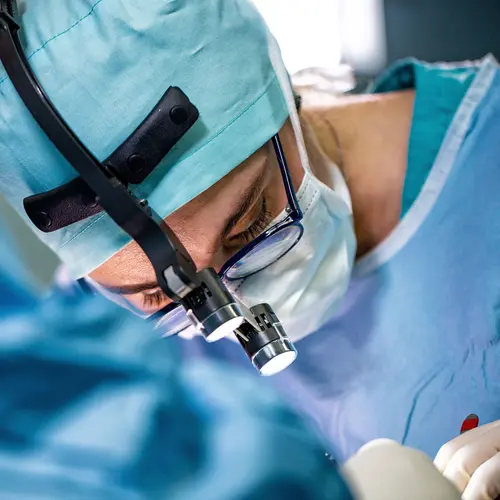Fibromuscular dysplasia (FMD) is an arterial disease that can often be misdiagnosed, misunderstood, and overlooked, as many doctors are not very familiar with it. However, there is evidence to suggest that up to 5 percent of all women have this disease.
What Is Fibromuscular Dysplasia?
Fibromuscular dysplasia is a condition where the cells on the walls of the arteries grow in strange ways. Usually, fibromuscular dysplasia affects the parts of the arteries that send blood to the kidneys and brain. However, it can also occur in any artery, including the intestinal arteries, arteries in the arms, and arteries in the legs. Usually, it occurs in more than one artery at a time.
The cellular growth that is a hallmark of fibromuscular dysplasia makes the arteries look beaded. They also can be narrowed by the onset of FMD.
When you have fibromuscular dysplasia, you either have multifocal or focal FMD. The characteristics of multifocal FMD, the most common type, are:
- Many different regions of beading on your arteries
- Both large and small instances of fibromuscular dysplasia
The characteristics of focal FMD, a less common variation, are:
- Lesions that end up narrowing the arteries
- Specific types of fibroplasia on many different arteries
It is not entirely known what causes FMD. However, some of the underlying factors are:
- Hormonal influences
- Genetics
- Trauma to the arteries
- Mechanical forces affecting the arteries
- Lack of blood supply to the blood vessels
What Are the Symptoms of Fibromuscular Dysplasia?
Symptoms of FMD vary depending on which artery is affected. The fibromuscular dysplasia symptoms of each corresponding artery are:
- The arteries that supply blood to the brain. Symptoms of FMD in these arteries include headaches, migraines, strange noise in your ears, neck pain, and lightheadedness. If FMD is present in a specific type of artery, your doctor will hear a certain noise in your neck when it is examined. Advanced cases can cause strokes or ischemic attacks. If you have FMD in a specific artery that supplies blood to your brain (called the carotid artery) you may feel headaches, neck pain, a drooping of the eyes, or strokes.
- Arteries that supply blood to the kidneys. This usually causes high blood pressure and impaired kidney function. However, fibromuscular dysplasia in the kidney arteries very rarely leads to kidney failure.
- Arteries that supply blood to the intestines. FMD in these arteries can lead to pain after eating and weight loss, but you probably won’t have severe symptoms.
- Fibromuscular dysplasia in the arteries of the extremities. Often, you will experience symptoms when you exercise. You will experience pain or blood clotting in the affected limbs.
- The arteries that supply blood to your heart. This type of FMD causes chest pain and heart attacks.
How Is Fibromuscular Dysplasia Diagnosed?
Usually, FMD is diagnosed when you get an X-ray for something else. You might also get diagnosed with FMD if your doctor hears certain noises in your neck. If you are diagnosed with FMD, you will have further tests to check for FMD in other areas.
You might need kidney testing and a test for high blood pressure. Other tests after you get a fibromuscular dysplasia diagnosis may include:
- Duplex ultrasound
- Magnetic resonance angiography
- Computed tomography angiography
- Dye angiogram
- Tests to check for an aneurysm
What Is the Treatment for Fibromuscular Dysplasia?
You can get a variety of different types of treatments for fibromuscular dysplasia. Depending on what type of FMD you have, you and your doctor will determine your treatment plan. The different treatments you can get are:
- Medications. If you don’t have any FMD symptoms, you most likely won’t need any sort of procedure. You might instead simply take an antiplatelet drug to prevent blood clotting. You also may need a high blood pressure medication, an enzyme inhibitor, or an angiotensin receptor blocker. If you have headaches or migraines, you might also need medications to manage your symptoms.
- Angioplasty. This procedure happens when your doctor inserts a thin tube with a tiny balloon into your artery. The balloon inflates in the blocked part of your artery, which causes your blood vessels to open. Then, the tube is removed.
- Surgery. You may need to get reconstructive surgery if your arteries are severely affected by your FMD. Usually, surgery will mean taking out the affected and constricted areas of your arteries or making a bypass past the blocked areas.

